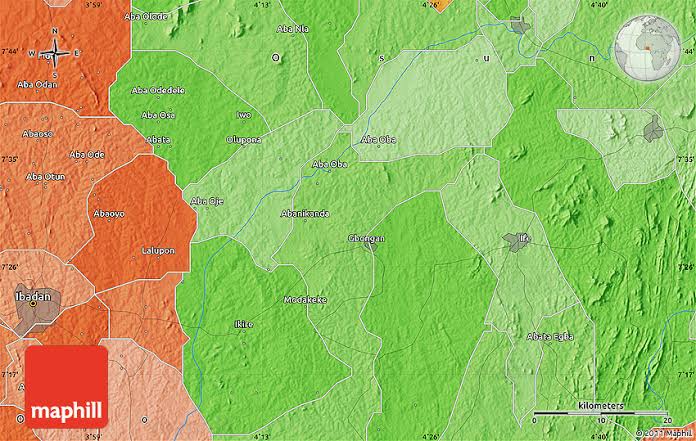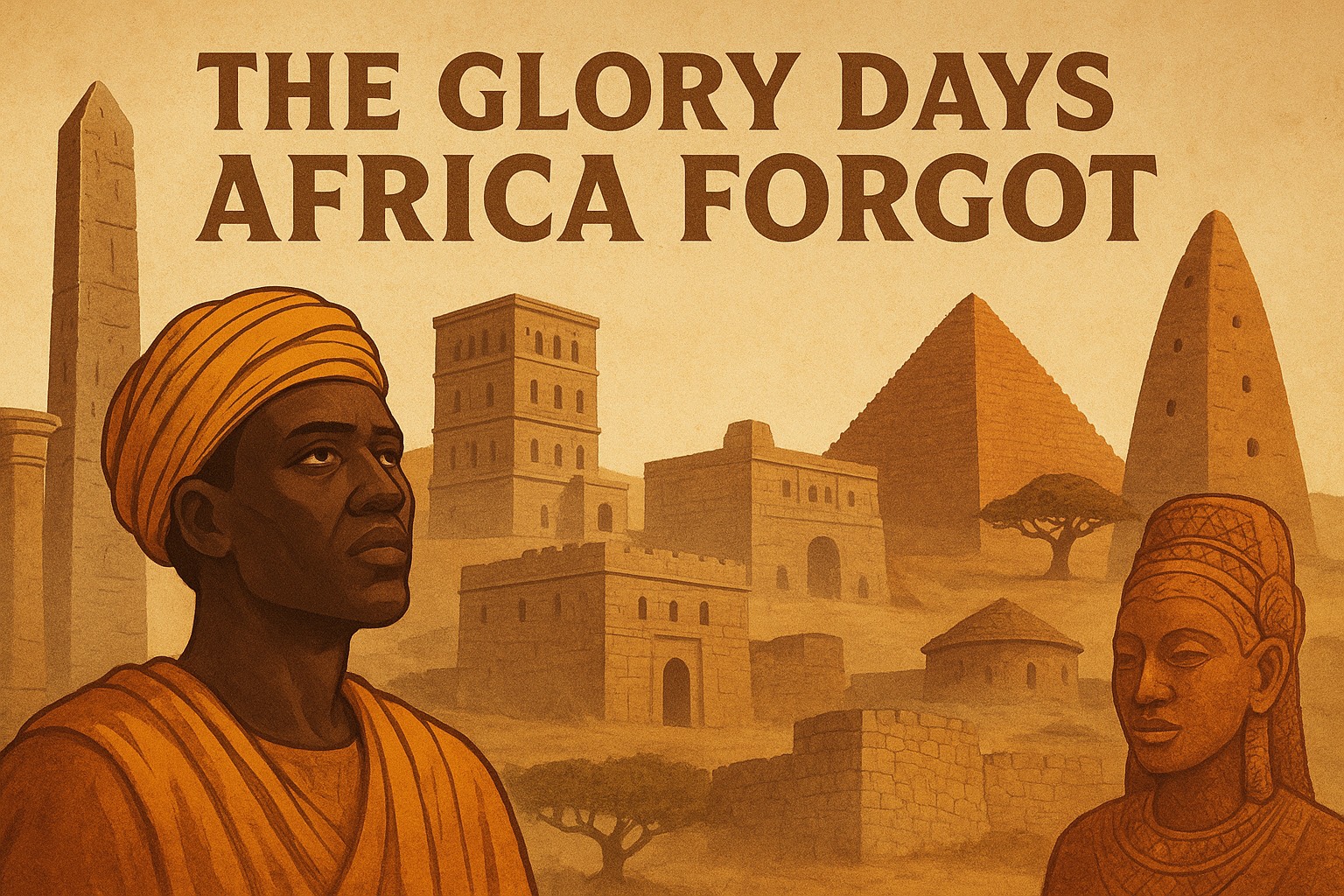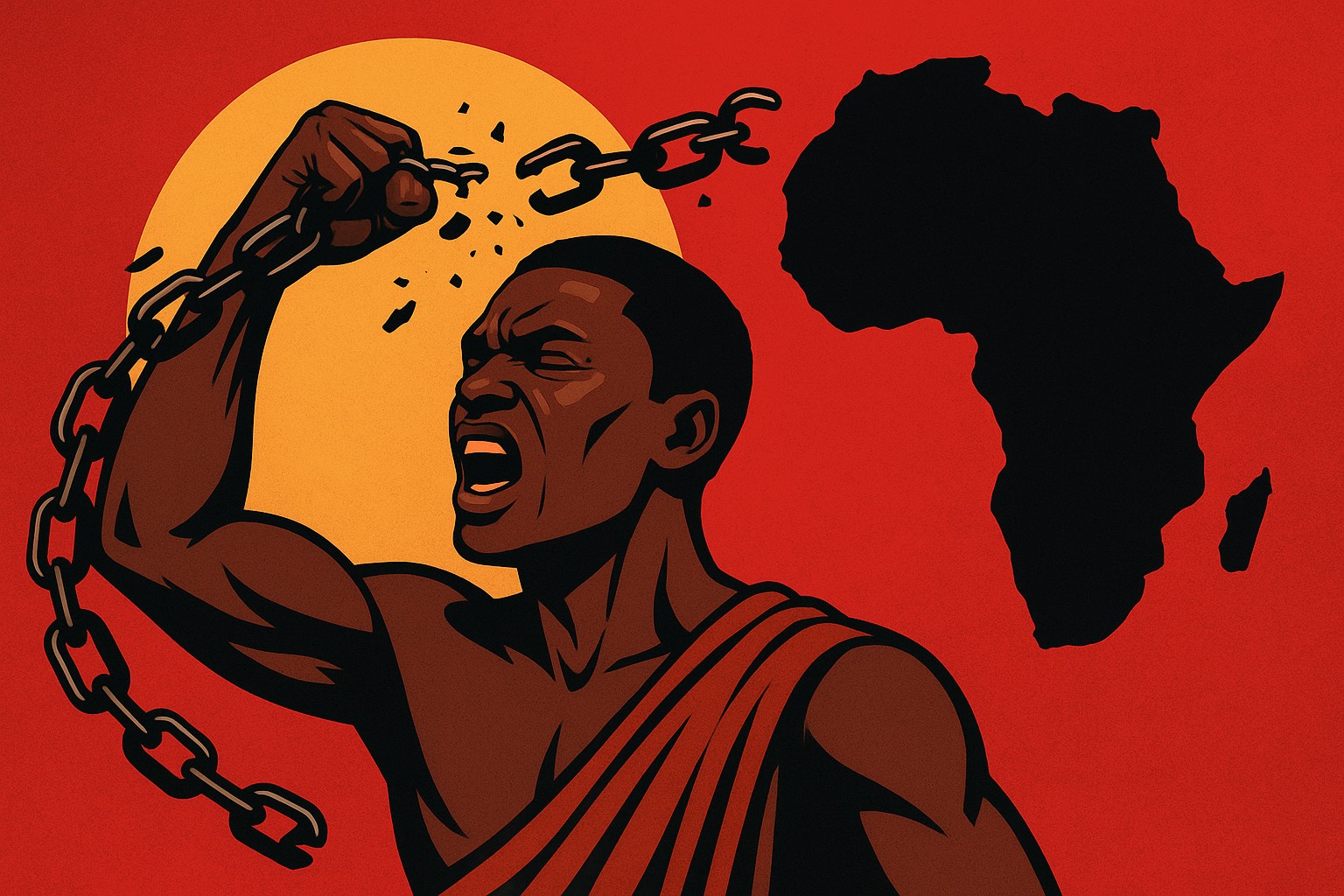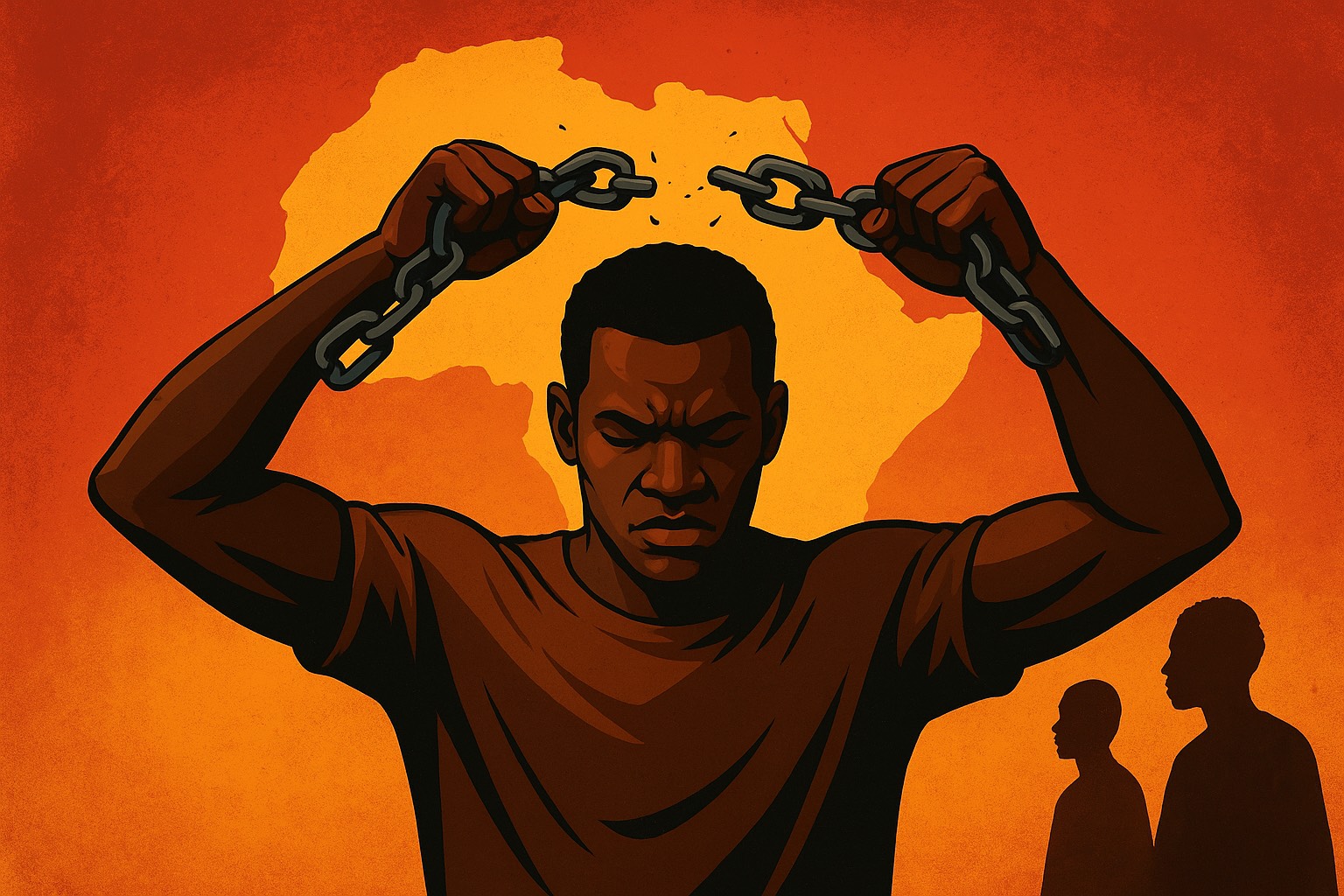The Rich History of Gbongan: A Journey Through Time Introduction

The Rich History of Gbongan: A Journey Through Time Introduction
Yoruba history, History, Storytelling, Courage, Bravery, Strategy,History, African history, misconceptions, enjoying history, making history fun again, love, fun, historical facts, past events, knowledge from the past.
Gbongan, a historic town in Osun State, Nigeria, holds a rich legacy deeply rooted in Yoruba history and tradition. Its story spans centuries, weaving together themes of migration, resilience, and cultural evolution. From its founding by Olufi, a prince of the Oyo Empire, to its transformation into a thriving community, Gbongan's history is a fascinating tale of survival and growth amidst political upheavals and social change.
This blog explores Gbongan’s royal beginnings, the challenges it faced, its migration to a safer location, and its eventual rise as a prominent Yoruba town.
Royal Beginnings: The Journey of Olufi
Gbongan's history begins with Olufi, a prince of the Oyo Empire and son of Alaafin Abiodun, who reigned from around 1750 to 1789. After Alaafin Abiodun died in 1789, political unrest engulfed Oyo. Some accounts suggest that Olufi contested the throne but lost, while others point to the general instability in Oyo as the reason for his migration. Tradition required those who lost the throne to leave Oyo, and Olufi, with a large entourage, embarked on a journey southward.
Carrying a beaded crown to signify his royal lineage, Olufi led his followers through various locations, including Igbori and Soungbe, before finally settling in Gbongan Ile, the first site of Gbongan.
The Fall of Old Oyo and Its Impact.
The decline of the Oyo Empire destabilized the region, leading to population shifts. Soldiers of fortune carved out domains by attacking neighboring towns, further weakening Oyo settlements. Many people fled to forested areas in the south, including Gbongan, to escape the marauders, who relied on horses ill-suited for dense forests. The collapse of Owu in 1821 also brought a significant influx of refugees to Gbongan, enriching its population and culture.
The Move to New Gbongan
Gbongan Ile’s peace was short-lived. In 1823, following the defeat of Afonja by the Fulani in Ilorin, marauders attacked Gbongan Ile and neighboring towns like Ikire Ile and Ipetumodu, forcing the inhabitants to seek refuge in Ile-Ife. However, by 1825, the people of Gbongan decided to rebuild their town at a safer, more forested location.
This new site, surrounded by hills like Oke Egan, Oke Apo, and Oke Apata, and blessed with streams like Oyunlola, Akinjole, and Alaanu, provided natural defenses and water sources. New Gbongan grew rapidly as it attracted migrants seeking security and leadership under an established Oba.
Gbongan’s Role in Yoruba Military History
The mid-19th century saw the rise of Ibadan as a dominant Yoruba military power. Gbongan, while not conquered by Ibadan, became a junior ally in its military campaigns. The town participated in significant wars, including:
• The Ijesa and Ekiti campaigns of the 1850s.
• The Ekiti Parapo War, a prolonged conflict that reshaped the region.
• The Modakeke War of 1881–1886.
These alliances strengthened Gbongan’s position in the region and fostered relationships with neighboring towns. In 1909, Modakeke refugees moved enmasse to Gbongan before eventually founding Ode Omu in 1910.
Gbongan’s Leadership: From Oba to Baale and Back
Tradition recognizes Olufi and Koisetan as the rulers of Gbongan Ile. When the town relocated to its current site, Fagbola became the first ruler of New Gbongan, reigning from 1825 to 1835.
During Ibadan’s imperial drive, the rulers of towns allied with Ibadan, including Gbongan, were designated as Baale rather than Oba, reflecting their subordinate political status. Despite this, the Olufi maintained his royal dignity by wearing the crown annually during the Orisa Akire Festival, preserving the town’s connection to its royal heritage.
Prominent Obas of Gbongan
Gbongan’s rulers have played vital roles in shaping its history. The following is a list of Olufi Obas who have ruled the town at its current location:
1. Fagbola (1825–1835)
2. Olujide (1835–1859)
3. Sooko (1860–1913)
4. Ajagboboye (1913–1924)
5. Asabi (1926–1948)
6. Oyeniyi Makanju (1948–1971)
7. Jacob Adeoye (1973–1988)
8. Solomon Oyewole Babayemi (1989–1998)
9. Adetoyese Oyeniya (1998–Present)
These rulers have overseen Gbongan’s growth, ensuring its survival through wars, migrations, and changing political climates.
Gbongan’s Strategic Location and Growth
Gbongan’s strategic relocation to a forested area made it a refuge during times of instability, allowing the town to flourish as a haven. By the mid-19th century, Gbongan had become one of the largest towns in the region, attracting settlers from across Yoruba land. Its natural resources, including fertile land and abundant water, further enhanced its appeal.
Legacy and Modern Significance
Gbongan stands today as a vibrant community that honors its royal heritage while embracing modernity. Its story is one of resilience, adaptation, and leadership, from its roots in the Oyo Empire to its role as a cultural and historical landmark in Osun State.
Conclusion
The history of Gbongan is a testament to the enduring spirit of its people. From the leadership of Olufi to its transformation into a thriving Yoruba town, Gbongan’s journey reflects the resilience of Yoruba culture in the face of adversity. As Gbongan continues to grow, its rich history remains a source of pride and inspiration for future generations.


